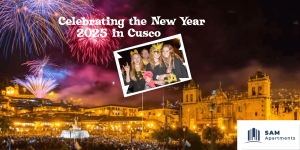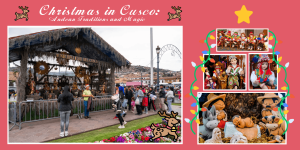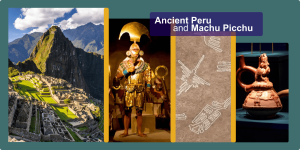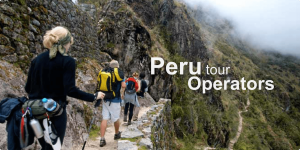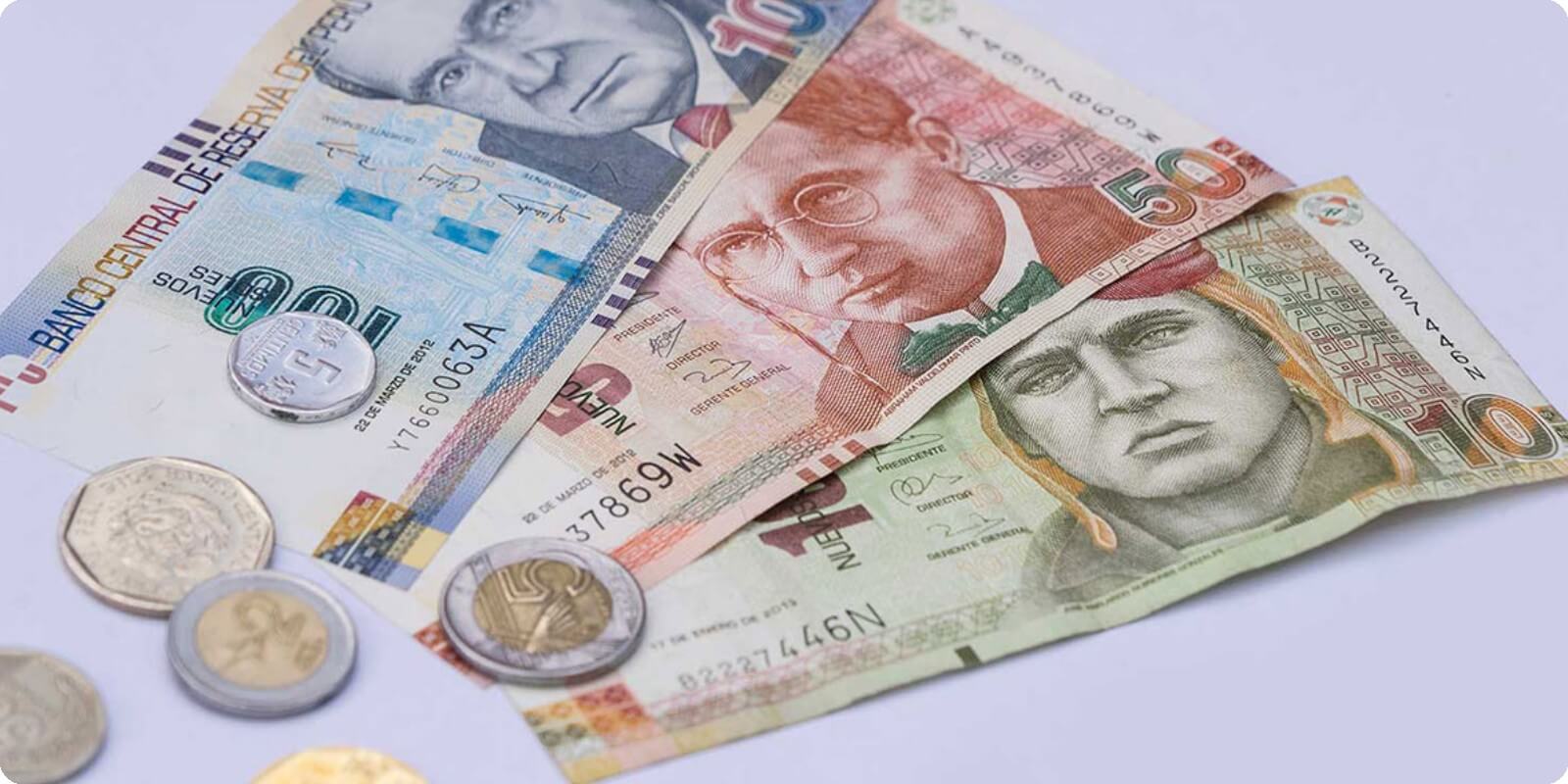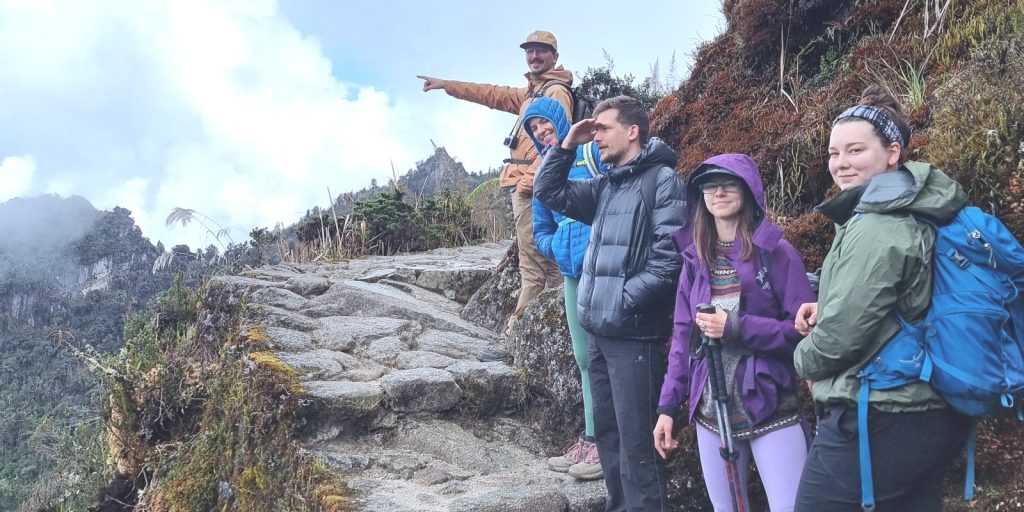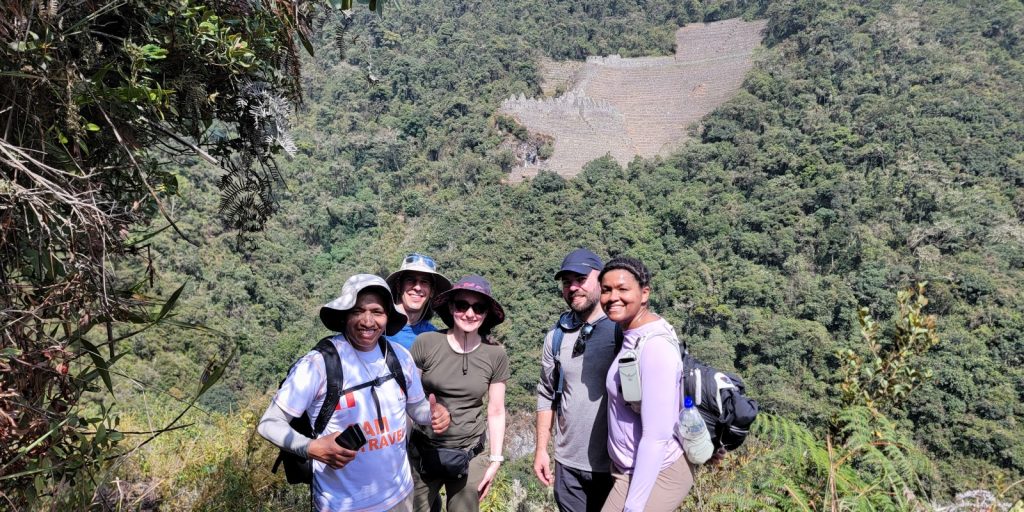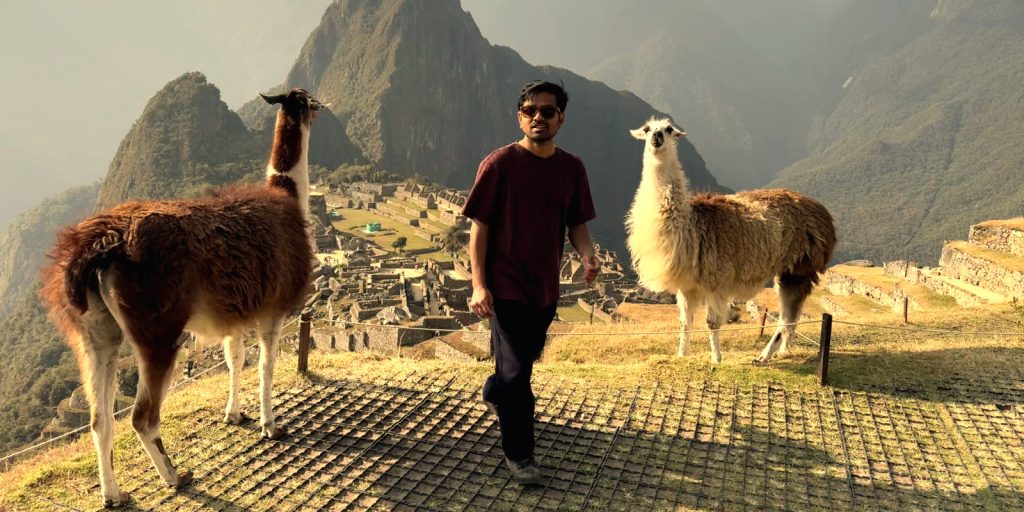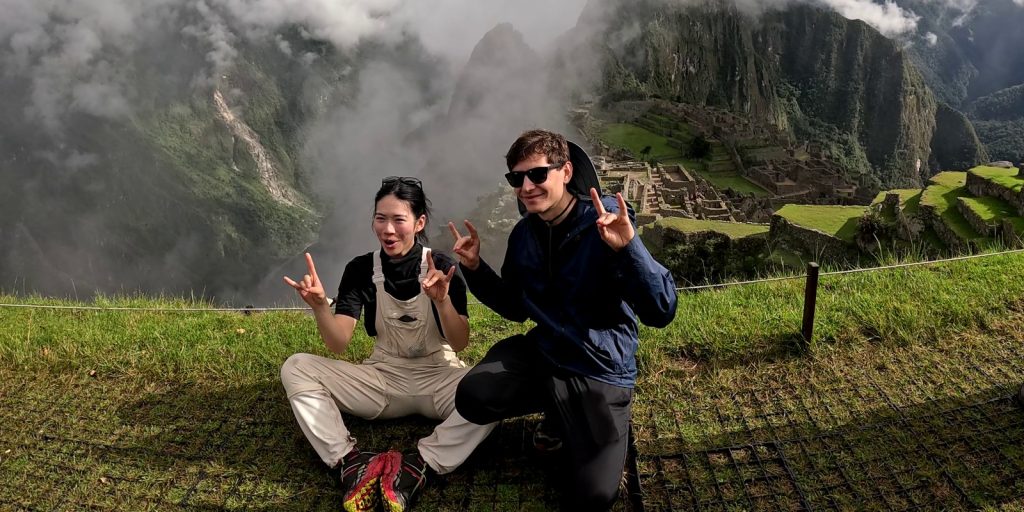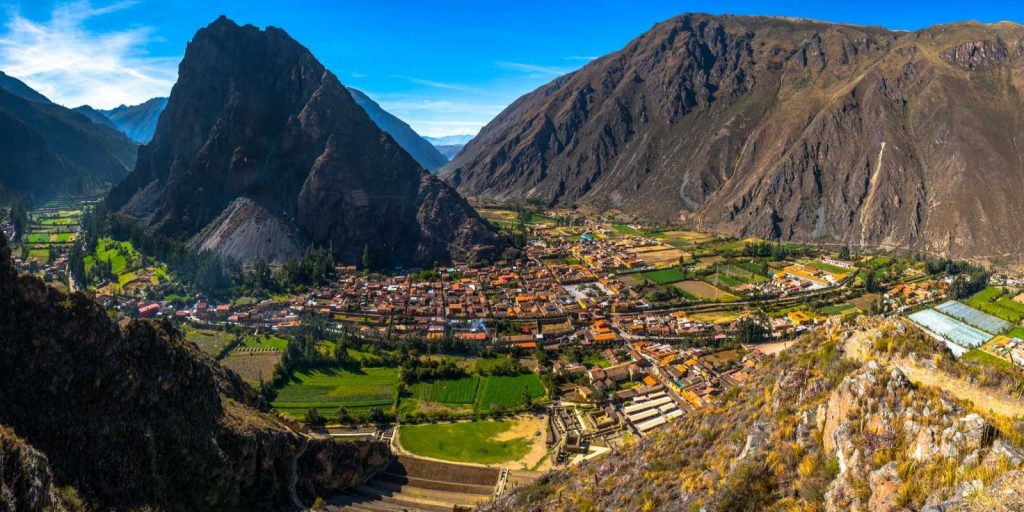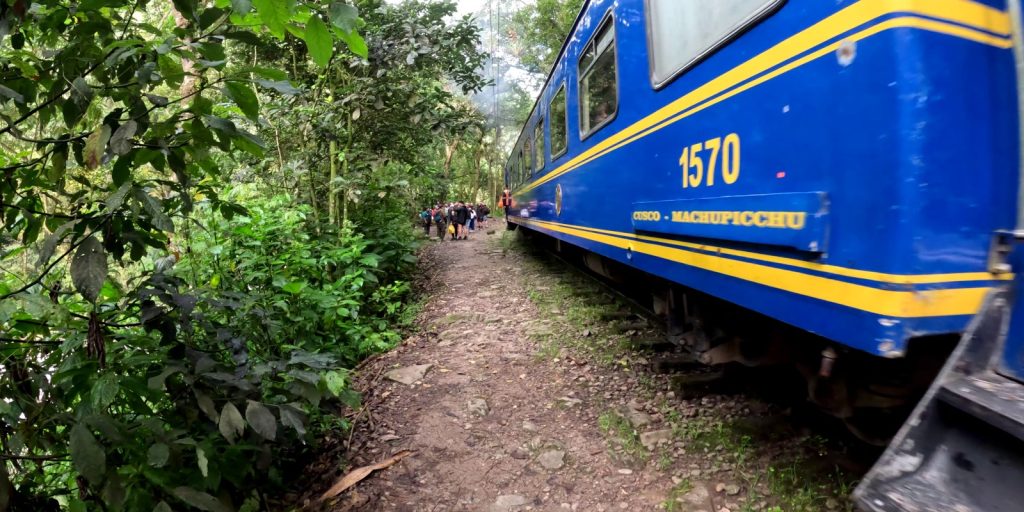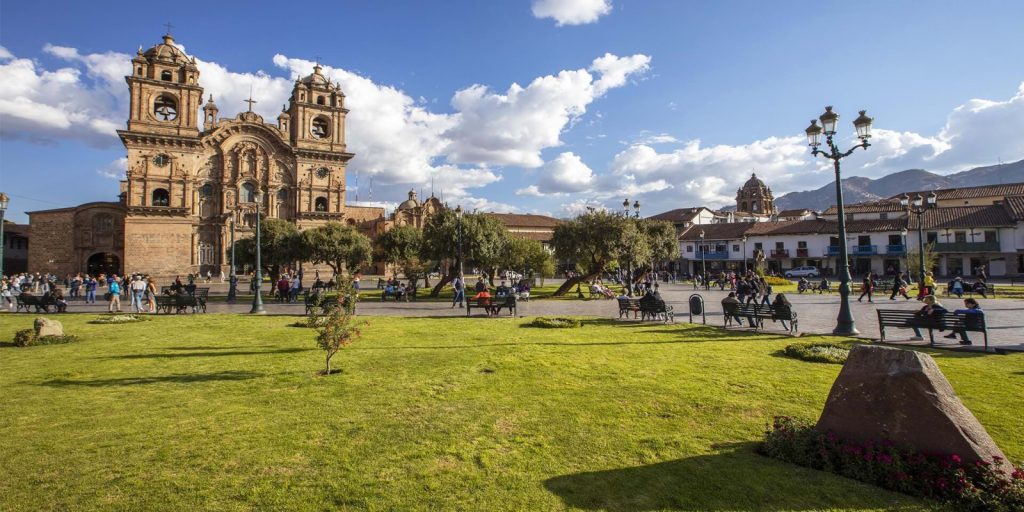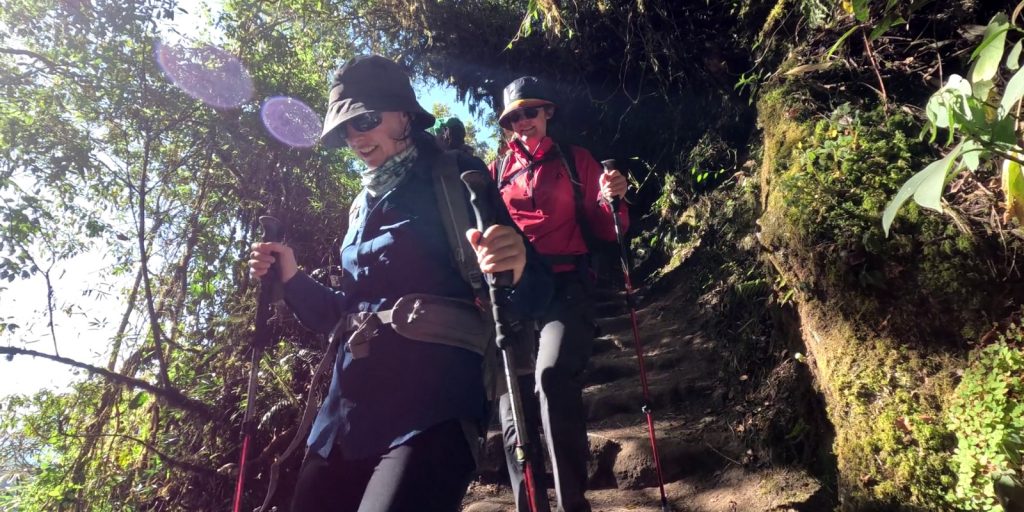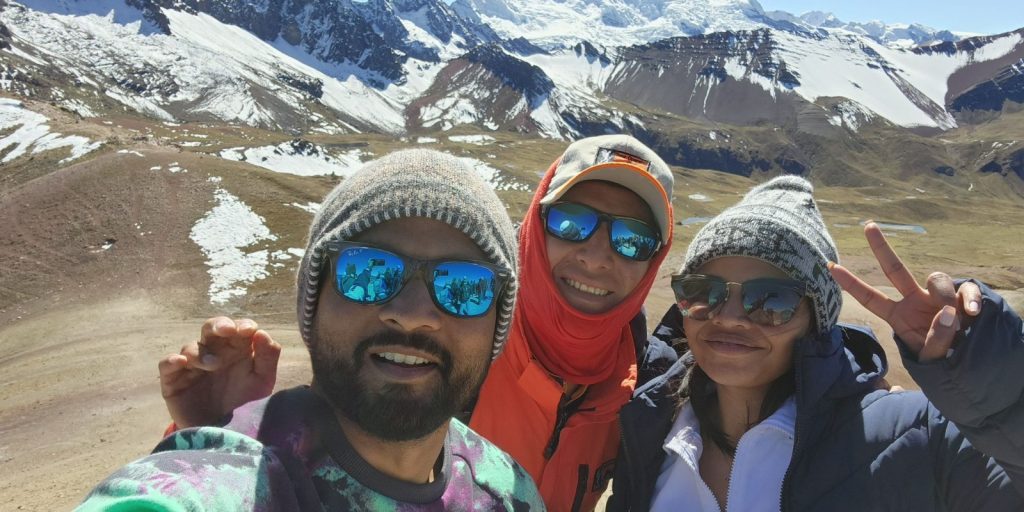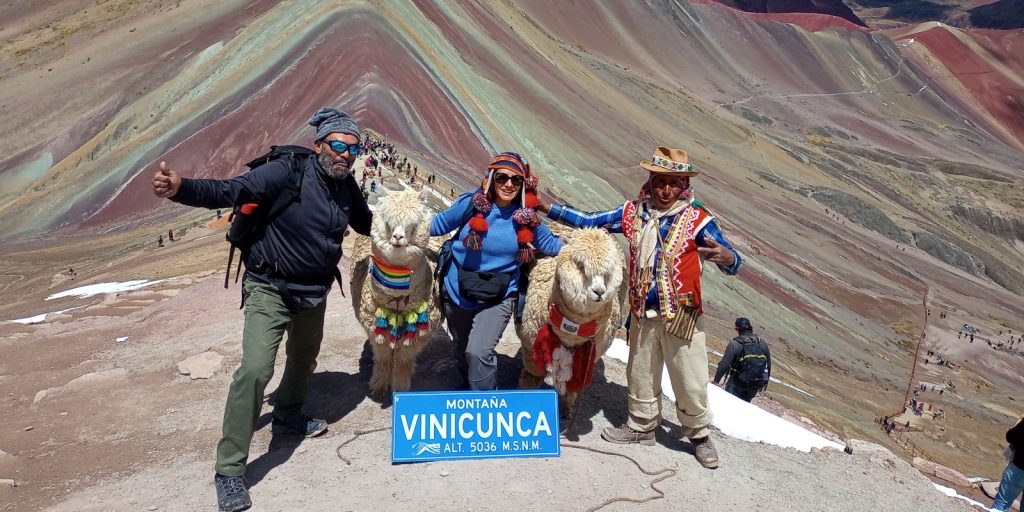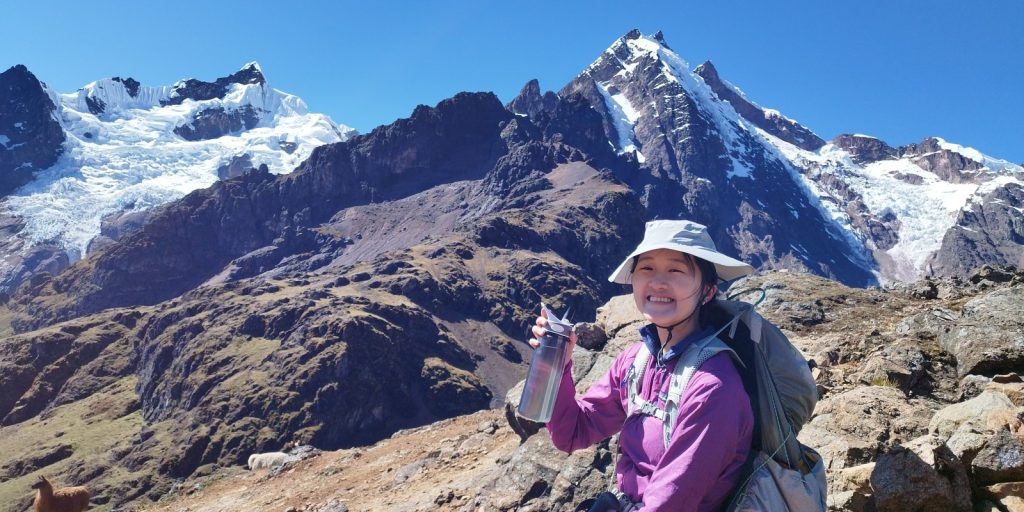The currency of Peru is the nuevo sol. Banknotes come in denominations of 10, 20, 50,100 and 200. One nuevo sol is divided into 100 centimos. Coin are available in denominations of 10, 20, 50 cents, and larger coins of 1, 2 and 5 soles.
Exchange Rate
During the last decade, the nuevo sol has been one of the most stable currencies in the Latin American region. As of October 2024 the exchange rate to the US$ is 3.7.
The Best Way to Carry Money
How you decide to carry your money in Peru depends on factors such as the duration of your trip and your style of travel. It’s not a great idea to carry large amounts of cash in Peru (dollars or nuevos soles), but it’s certainly a viable option for short visits (up to a week). Otherwise, you can simply withdraw money when needed from the ATM, which you will find all over Peru. Visa is the most widely accepted debit or credit card in Peru; there will be fees associated with each withdrawal.
Where to Exchange your Money
There are four options for exchanging money in Peru: Banks, street moneychangers, casas de cambio (“exchange houses”), and hotels. Banks often have incredibly long queues, making any exchange a protracted process. Street changers are handy and offer comparatively fair exchange rates, but changing money in the street comes with its own problems. You need to guard against potentially shady deals and the risk of street theft following the exchange. Overall, casas de cambio tend to be the best option, with good exchange rates, short queues, and a secure environment.
Change Shortage
Many South American nations have a change shortage. In Peru, for example, a storekeeper may not accept a S/.100 note as payment for an item priced at S/.2, due to the fact that they don’t have enough small change (or they’d be handing over all the small change in the till creating problems for future customers). It’s a good idea to create change when possible so that you have a healthy supply of S/.10 and S/.20 notes.
Fake Money
Fake money is a problem in Peru—both nuevos soles and dollars. The problem tends to be worse in certain parts of the country, especially in the larger towns. Spotting a counterfeit banknote can be difficult, so the sooner you become familiar with the local currency, the sooner you’ll be able to spot a fake. You also need to watch out for money scams, such as deliberate short-changing and swindles involving sleight of hand.
Tipping
Tipping isn’t particularly common in Peru, but there are certain situations in which a tip is appropriate. Waiters in higher-end restaurants, tour guides, and staff in top-end hotels often expect a 10 percent tip, whereas taxi drivers and staff in small family-run restaurants do not.
Haggling
Haggling is common in Peru, especially in situations where a price is not clearly labeled. This includes items for sale in traditional markets and taxi fares. Always bear in mind that prices quoted to foreign tourists tend to be inflated, so don’t be afraid to negotiate for what you believe to be a reasonable price. At the same time, don’t haggle to the extent that you strip a poor artisan of all their profits.
US Dollars
In larger establishments in the major towns of Peru, US Dollars are widely accepted. Hotels, 5 Star restaurants and in tourist shops for larger purchases. It is a good idea to bring smaller denominations but always ensure that they are in good condition otherwise they will not accept the notes or you might have to sell them at a lower rate.
